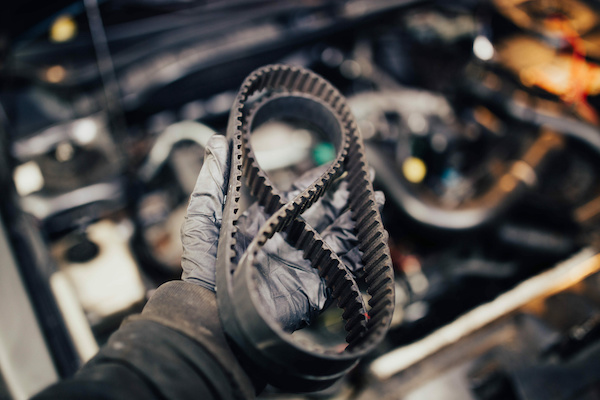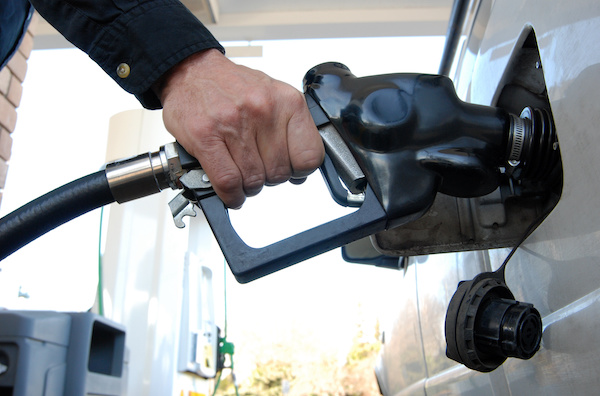Posted on 2/27/2023
.jpeg)
In Texas, most vehicles are required to undergo a smog check as part of their annual inspection. This is done to ensure that vehicles meet emissions standards and are not contributing to air pollution. However, there are some exceptions to this rule. Gasoline-powered vehicles that are model year 1996 or newer and diesel-powered vehicles that are model year 1997 or newer are required to undergo an annual emissions test. This includes cars, trucks, SUVs, and vans. Vehicles that are registered in certain counties are also required to undergo an emissions test, regardless of model year. The counties that require emissions testing include: Brazoria Fort Bend Galveston Harris Montgomery Collin Dallas Denton Ellis Johnson Kaufman Parker Rockwall Tarrant Travis Williamson El Paso If you live in one of these counties and your vehicle is model year 1996 or newer, you will need to have your vehicle tested annually. However, if your vehicle is model year 1995 or older, it is ex ... read more
Posted on 1/31/2023

Your vehicle has hundreds and thousands of parts, so it can become a little confusing for the average driver to keep track of it all beyond the brakes, tires, and engine. Our customers tend to have questions regarding their vehicle’s belts and how to differentiate the rubber components. There are two main belts that we will discuss in this blog today – the serpentine belt (drive belt) and the timing belt. Timing Belt The timing belt is a belt located inside the engine, and it is responsible for keeping the crankshaft and camshaft in sync. The belt has horizontal ridges that perfect the engine’s timing. Over time, the belt can wear out and even break if you don’t catch it in time. You should always replace the belt before it breaks or slips to avoid engine damage. Furthermore, timing chains have replaced timing belts in many modern vehicles. Serpentine Belt The serpentine/drive belt is different from the timing belt. It is located on the outside of the engine ... read more
Posted on 12/22/2022
.jpeg)
The power steering system is a critical component of your car's mechanics, responsible for helping you turn the wheels with ease. If you have ever tried to turn the steering wheel of a car without power steering, you know how difficult it can be. That's why it's so important to pay attention to the power steering system warning light on your dashboard. This light is designed to alert you to potential problems with the power steering system, and if it comes on, it's important to take action as soon as possible. There are a few different reasons that the power steering system warning light might come on. One of the most common causes is a problem with the power steering fluid level. The power steering system relies on a specific type of fluid to operate, and if the fluid level is too low, it can cause the power steering pump to work harder, potentially leading to overheating and failure. In this case, you will need to add more power steering fluid to the system to bring ... read more
Posted on 11/17/2022

With the holidays finally here, it means the roads and highways are going to get busier. We understand how special it is for you to see your close friends and family this holiday season, which is why the team at Kwik Kar Auto repair wants to make it easier on you by taking care of your auto maintenance. Below are all the things you should have inspected before going on your epic road trip: Car Battery A dead battery is one of the most common car problems during the winter. Bring your car to our shop, and we’ll test your battery with a voltage meter to see if your battery can hold a proper charge. We can also look for any signs of damage or corrosion. If your battery is 5 years old or older, it may be best to replace it completely. Fluids and Filters There are multiple fluids that you should inspect and top off before a long road trip: oil, brake fluid, windshield washer fluid, coolant, and more. They may have a corresponding filter that needs c ... read more
Posted on 10/28/2022

When it comes to fuel efficiency, there are a lot of things that people can do to improve their gas mileage. In this blog post, we will discuss some of the best tips for improving fuel economy. By following these simple tips, you can save yourself money at the pump and help reduce your carbon footprint! 1. Drive the speed limit One of the easiest ways to improve your fuel economy is to simply drive the speed limit. When you drive over the speed limit, your car has to work harder and use more fuel. By obeying the posted speed limits, you can improve your gas mileage by up to 7%. 2. Accelerate slowly Another way to conserve fuel is to accelerate slowly from a stop. When you floor it, your car uses more gas than it needs to. If you gradually increase your speed, you'll use less fuel and get better mileage. 3. Use cruise control If you're driving on the highway, take advantage of cruise control! Cruise control helps your car ma ... read more